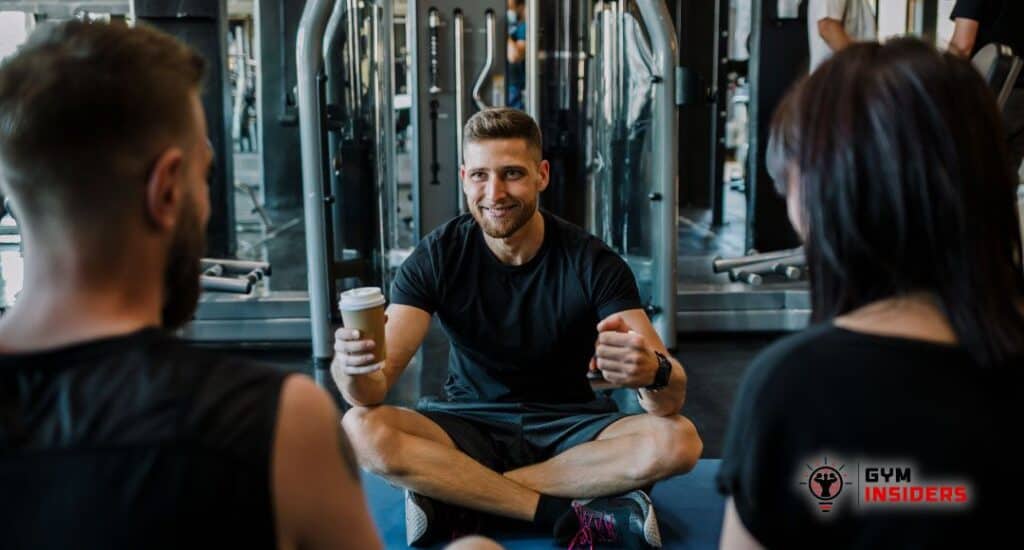In the ever-evolving world of fitness, gym managers have the unique responsibility of not only overseeing daily operations but nurturing the budding talent that walks through their doors. This nurturing is particularly essential when we onboard new personal trainers, who come to us filled with enthusiasm and an eager thirst for knowledge.
Table of Contents
The Fresh Start
New trainers, still raw in their approach, look at the gym as an exciting, limitless ocean of possibilities. Within the initial two weeks, the focus is usually on understanding the unique ecosystem of the gym. The systems, the price strategies, cadences, and operating procedures begin to form the structure around which the trainer’s role will revolve.
This structure is crucial. According to the International Health, Racquet & Sportsclub Association (IHRSA), this foundational period sets the stage for a trainer’s potential success and long-term association with the gym. It’s here that they learn not just about exercise routines, but the broader role they play in client transformation.
However, as we move past the onboarding phase, trainers step into the vast ocean, with many looking for direction. This is where the pairing with our seasoned trainers comes into play. It’s the blending of raw enthusiasm with the experience.
The Art and Science of Shadowing
Shadowing, in many ways, is the art of learning by observation. By pairing a newbie with a seasoned trainer, the former gets a real-time view of how things work, what cues to pick up on, and how to adapt and refine their verbiage. But, this observational learning is a double-edged sword.
On the one hand, it can be invaluable. The new trainers are like sponges, soaking up skills, techniques, and nuances that would have taken them months to learn independently.
However, on the other hand, shadowing, if unchecked, can lead to the overshadowing of the new trainer’s individuality. Their style, approach, and personal rapport building techniques might get lost in the mighty shadow of the veterans.
Balancing Act: Confidence Check-In
As the trainers transition from shadowing to taking on clients of their own, it’s imperative to do regular confidence check-ins. The National Council on Strength & Fitness (NCSF) emphasizes the psychological aspect of personal training. It’s not enough for a trainer to know the right exercises or diets; they need to believe in themselves and communicate that confidence.
There are a few common areas where new trainers may exhibit hesitancy:
Phone Call Jitters: While they may be exuberant and confident in person, the dynamics change during phone calls. It’s a different medium and requires a different set of skills.
Price Discussions: Talking money can be intimidating. The rapport they build with clients may face a hiccup when the topic of pricing surfaces.
These aren’t necessarily competency issues but are often psychological hurdles that need addressing. Trainers, like athletes, face mental blocks that can sometimes hinder their performance.
Building Blocks to Success
Harnessing the potential of new trainers requires a structured approach:
Open Dialogue: Foster an environment where they feel comfortable discussing their concerns, achievements, and setbacks.
Role-Playing: It helps trainers empathize and also prepares them for various client interactions. Make them walk in a client’s shoes.
Feedback is Essential: Encourage veteran trainers to provide constructive feedback. It helps new trainers identify areas for improvement.
Diverse Training Modules: Going beyond the gym floor. Have modules on phone etiquette, sales pitches, and addressing common client concerns.
Client Feedback: Clients often provide a fresh perspective, giving insights that trainers or even managers might overlook.
Utilizing Veteran Trainers
Beyond shadowing, seasoned trainers can be an incredible asset in various capacities:
Mentorship Programs: Weekly or bi-weekly discussions where they share their experiences, strategies, and client-handling techniques.
Collaborative Training Sessions: Joint sessions can be an excellent way for knowledge transfer. It allows the new trainer to learn and simultaneously showcase their skills.
Knowledge Sharing Workshops: Topics can range from new fitness techniques to discussions on client psychology, nutrition, or even emerging fitness technology.
AFAA recommends fostering an environment of continuous learning and believes that veteran trainers can be instrumental in this process.
In Conclusion
The role of a gym manager transcends daily operational tasks. It’s about shaping the future of the gym, nurturing talent, and ensuring the success of both the trainers and their clients. By effectively onboarding new trainers, understanding their unique challenges, and creating an environment where they can thrive, we not only set them up for success but elevate the standard of the gym.
Remember, in the world of fitness, it’s not just about the physique but the psyche. By ensuring our trainers are mentally equipped and confident, we ensure our clients receive the best possible guidance. Here’s to molding the future of fitness, one trainer at a time.







No Comments
Sorry, the comment form is closed at this time.